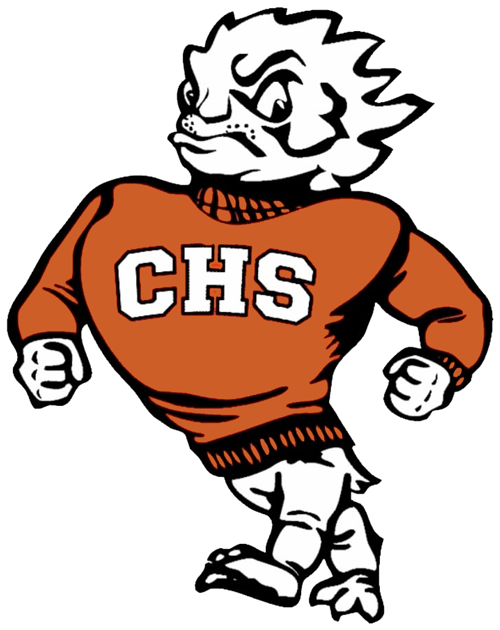About Our Community
The Coalinga-Huron area includes two communities on either side of Interstate 5, a main artery between Los Angeles and San Francisco. The communities are about 20 miles apart, and the school district provides bus transportation for students from Huron, including a late bus for students who participate in after-school activities. According to the United States Census Bureau, Coalinga’s July 1, 2022 current population was estimated at 17,024, which is currently down 3.3% from April 1, 2020. Huron has experienced a small increase in population from April 1, 2020 of 6,209 to 6,240 on July 1, 2022, giving Huron a 0.5% increase in population. In Huron, during the harvest season, the population can swell to 15,000 due to an influx of migrant farm workers. In Coalinga, the three primary ethnic groups are Hispanic (63.2%), White (48.4%, and African American (2.8%). In Huron, 96.6% of the population is Hispanic. The primary industries in the area are farming and oil, as well as a state prison and a state hospital (located just six miles east of Coalinga). Coalinga is a full-service city that provides a wide range of services that include: regional medical center, parks and recreation district, and a community college.
Several small, unincorporated communities, some at considerable distance from the high school, are also served, as well as a handful of large and small ranches. CHUSD operates an extensive bus system to transport students from Huron and outlying communities to Coalinga High School and other sites within the district. In 2011, the estimated average annual household income was $42,988 for Coalinga and $20,965 for Huron. An estimated 30% of residents of Coalinga under the age of 18 are below the poverty line, compared with nearly 40% for Huron.
Both communities, like most communities in the Valley, owe their existence to the railroad. Coalinga was, at one time, the western terminus of rail service running east to Visalia and Fresno. One of the few 19th century mining towns that survived into the 21st century, Coalinga originally provided low-grade coal for the railroad and other enterprises, but became a boom town at the turn of the last century with the discovery of large oil fields in the area. Oil has continued to be a major industry here, with long periods of fluctuations in demand for the particularly heavy form of crude oil that local wells produce.
Agriculture around the city had originally centered around grazing, but with the arrival of canal water in 1972, orchards and row crops became a fixture of the local landscape and economy. A further boost to the local economy came in the 1990’s with the construction of Pleasant Valley State Prison and, a decade later, Coalinga State Hospital – both located approximately five miles out of town
The first high school was built in 1910, and the school moved from its original site to the existing facility in 1938. The Coalinga-Huron Unified School District is led by a five-person board. CHUSD is composed of four Coalinga elementary schools and one in Huron, a middle school in each town (6-8), a high school, and two alternative education programs, one in each community. The overwhelming majority of students at CHS transfer from both middle schools. The school also enrolls students through inter-district transfers from surrounding areas.
Source: Coalinga High School WASC/CDE Mid-Cycle School Progress Report March 11-12 2024
